K6
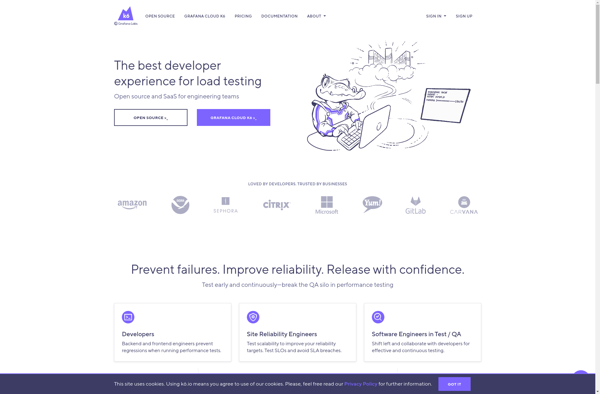
k6: Open-Source Load Testing Tool
Load test web applications with k6, a scriptable JavaScript tool for simulating realistic user traffic and measuring performance.
What is K6?
k6 is an open-source load testing tool for testing the performance and reliability of web applications and services. It allows you to script tests in JavaScript to simulate user traffic and monitor how your system responds under different loads.
Some key features of k6 include:
- Ability to simulate thousands of virtual users from a single computer
- Scripts written in JavaScript for flexibility
- Metrics like response times, requests per second, and custom metrics
- Checks like response status codes, response content, and custom checks
- Thresholds for defining pass/fail criteria
- Cloud execution and CI/CD integration
k6 is designed to provide meaningful and actionable load testing results to help identify performance issues before they impact real users. Its simple scripting makes it easy to get started for those familiar with JavaScript. Advanced features like thresholds and checks help provide deeper insight.
Overall, k6 aims to make scalable and realistic load testing easy and accessible to web developers and engineers for building reliable and high-performance web applications.
K6 Features
Features
- Scripting in JavaScript
- Virtual users
- HTTP, gRPC, WS protocols
- Metrics and checks
- Cloud execution
- CLI and API
Pricing
- Free
- Open Source
Pros
Cons
Official Links
Reviews & Ratings
Login to ReviewThe Best K6 Alternatives
Top Development and Testing and other similar apps like K6
Here are some alternatives to K6:
Suggest an alternative ❐BlazeMeter

Locust
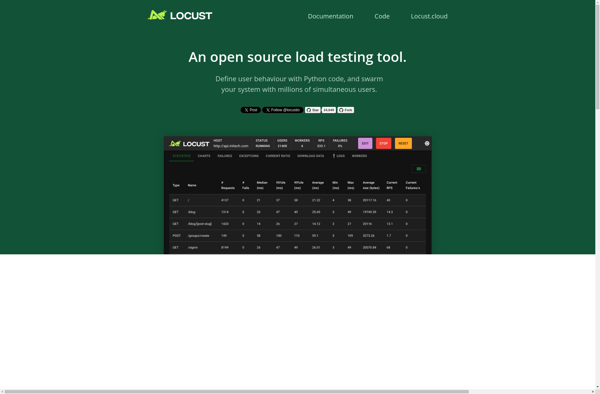
Gatling.io
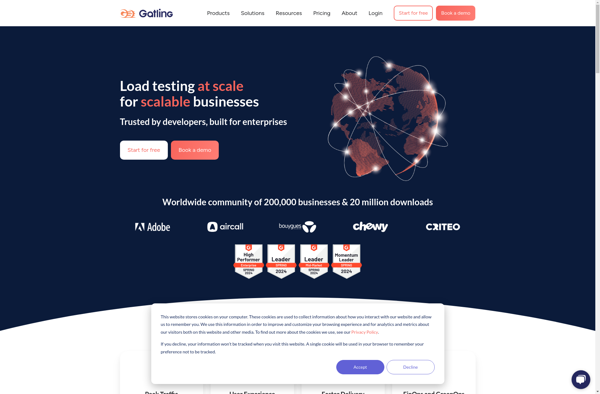
Flood.io
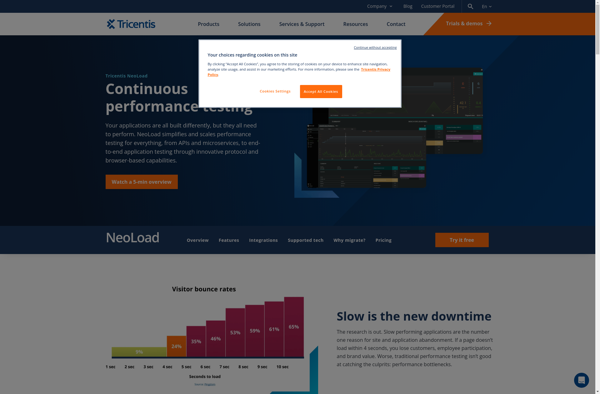
LoadForge
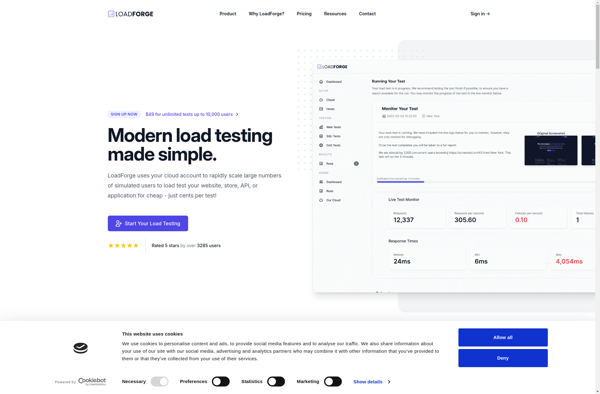
HailStorm
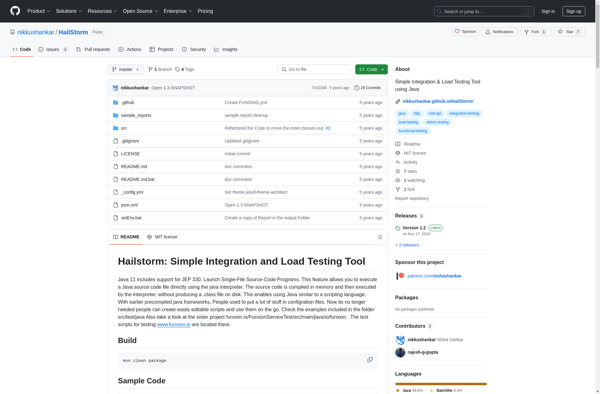
Kraken By octoPerf
Loadium
